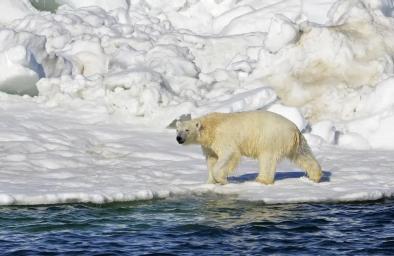Science Source
Arctic sea ice, Eurasia snow, and extreme winter haze in China
- States that the East China Plains (ECP) region experienced the worst haze pollution on record for January in 2013
- Shows that the unprecedented haze event is due to the extremely poor ventilation conditions, which had not been seen in the preceding three decades
- Statistical analysis suggests that the extremely poor ventilation conditions are linked to Arctic sea ice loss in the preceding autumn and extensive boreal snowfall in the earlier winter.
- Identifies the regional circulation mode that leads to extremely poor ventilation over the ECP region
- Climate model simulations indicate that boreal cryospheric forcing enhances the regional circulation mode of poor ventilation in the ECP region and provides conducive conditions for extreme haze such as that of 2013
- Finds that extreme haze events in winter will likely occur at a higher frequency in China as a result of the changing boreal cryosphere, posing difficult challenges for winter haze mitigation but providing a strong incentive for greenhouse gas emission reduction
Related Content
Science Source
| Nature
Regime shift in Arctic Ocean sea ice thickness
Headline

Feb 21, 2023 | Climate Nexus Hot News
Ice Absent From Great Lakes, New England
Headline

Feb 16, 2023 | Climate Nexus Hot News
Antarctic Sea Ice At Lowest Recorded Levels, Again; Thwaites Glacier's Weak Spots Getting Weaker
Headline

Jan 25, 2023 | Climate Nexus Hot News
Melting Sea Ice Could Increase Threatens Polar Bears, People


